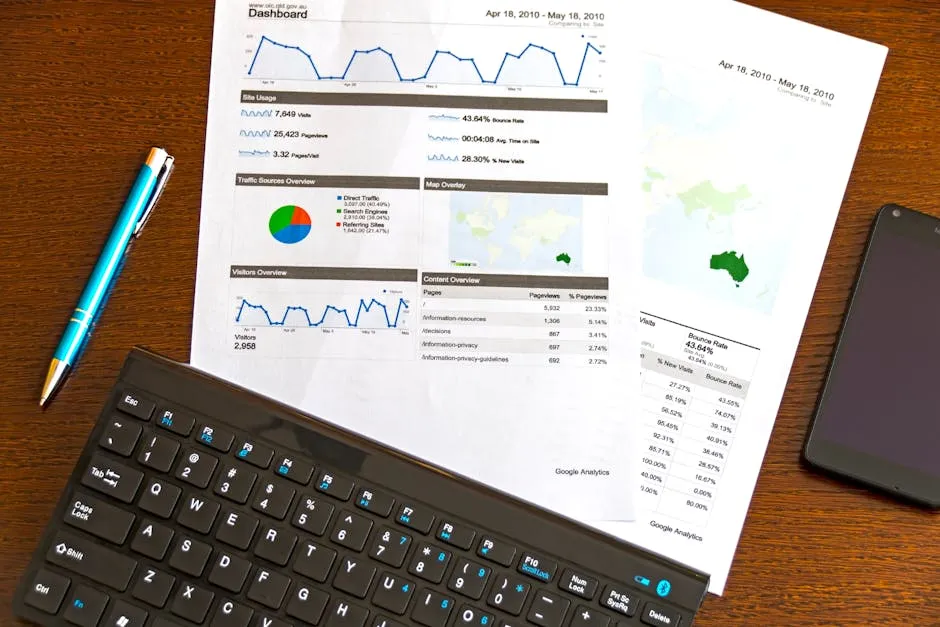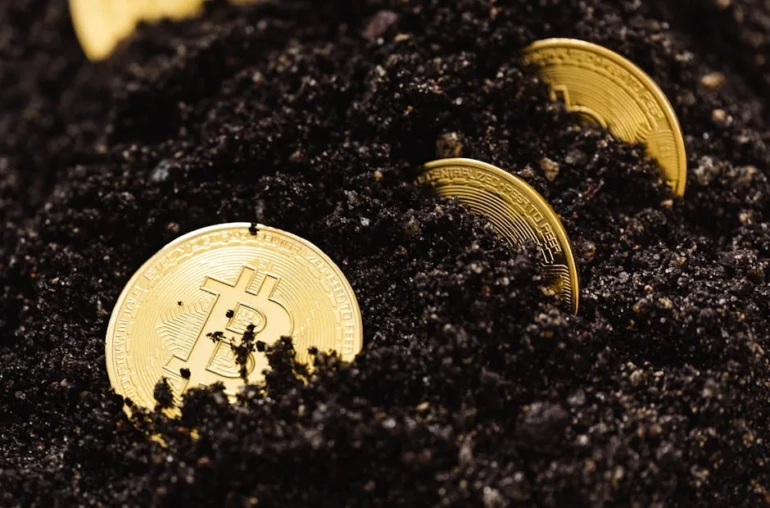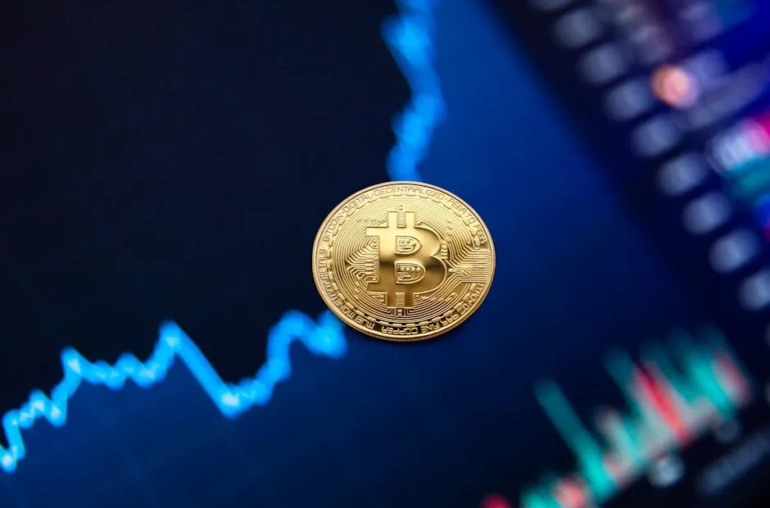
Understanding the Latest CPI Data: What It Means for Inflation and the Fed’s Future Decisions
The Consumer Price Index (CPI) recently reported a steady headline rate of 2.7%. At first glance, this figure might suggest a sense of calm in the economy. However, a closer look reveals a more complex picture, particularly when we examine the core inflation rate, which continues to rise relentlessly at 3.1% annually.
The Headline vs. Core Inflation
The CPI measures the average change over time in the prices paid by urban consumers for a market basket of consumer goods and services. While the headline number is often the focus, it does not tell the whole story. Core inflation, which excludes volatile categories such as food and energy, provides a clearer view of underlying inflationary trends.
The persistent rise in core inflation is concerning for policymakers at the Federal Reserve. With costs for essentials like shelter and healthcare continuing to surge, the Fed’s path toward potential rate cuts has become increasingly complicated.
Shelter and Healthcare: Key Contributors to Core Inflation
Among the various components that contribute to core inflation, shelter costs have become a significant driver. As housing prices and rents continue to escalate, consumers are feeling the pinch in their budgets. Similarly, healthcare costs are on the rise, adding further pressure to the average household.
These increases not only affect consumer spending but also impact the broader economic landscape. If consumers are spending more on necessities, they may have less discretionary income for other purchases, potentially slowing overall economic growth.
The Federal Reserve’s Dilemma
Given the mixed signals from the CPI data, the Federal Reserve faces a challenging decision-making process. While the headline inflation rate is stable, the underlying core inflation suggests that the economy is far from out of the woods. This tension raises questions about the timing and extent of future interest rate cuts.
Lowering interest rates is typically a strategy employed to stimulate economic growth, but with inflation still above desired levels, the Fed must tread carefully. A premature cut could exacerbate inflationary pressures, while waiting too long could dampen economic momentum.
Looking Ahead
As we analyze these inflation trends, it becomes evident that the economic landscape is fraught with uncertainty. Investors, businesses, and consumers alike will need to stay informed about these developments as they unfold. The implications of the CPI data will resonate across various sectors, influencing everything from investment strategies to consumer spending habits.
In conclusion, while the CPI’s headline figure may suggest stability, the underlying trends in core inflation highlight a more complex economic reality. The Federal Reserve’s next moves will be crucial in navigating this landscape, and understanding these dynamics will be essential for anyone looking to make informed decisions in the coming months.



